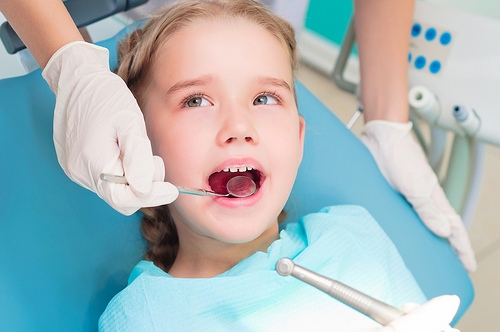
This month we are celebrating our staff for Employee Appreciation Day and our wonderful Dr. Azadpur for National Dentist Day!
We are celebrating our Dental Assistants, Lilly and Melissa, and our Sterilization Technician, Lesa on March 8. Next month, we will celebrate our Hygienists and Administrative Professionals. Each celebration is a party with lunch, gifts, and a sweet treat. It’s important to celebrate all your team members because when employees feel valued and appreciated, they are happier at work. It contributes to a healthy and productive environment. We all like to feel that our employers appreciate us, as is the case here in our office.
Our front desk team Kelly & Susan continually crush it with greeting patients, working the phones, filling open appointments, and generally supporting the whole office. They have each other's back every day. We have a fabulous pair of hygienists, Kay & Alison. Their styles may be different, but their patients love them! Our dental assistants, Lilly & Melissa are awesome! They support Dr. Azadpur and go above and beyond to make our little patients feel safe and comfortable. Lesa, our sterilization tech keeps all the parts moving smoothly in the back and makes sure everything is kept clean and sterile. Our Financial Coordinator, Jill, knows EVERYTHING! Her work may be mostly behind the scenes, but it is felt in every aspect of the business. We would fall apart without her. Our Office Manager, Pat, is the bandleader of us all. She handles so many things and always has time to talk with employees about anything that may be bothering them. She solves so many problems. Her gentle way of getting right to the heart of the matter is inspiring! Shari, our Marketing Director, has the best job of all! She finds creative ways to reach out and find new patients. She loves looking for ways we can support our community – you should see her flyers and social media posts! They are so much fun!
Shoutout to all of our team members we appreciate each one of you!
And of course, we cannot forget Dr. Azadpur, our one and only doctor who will get to celebrate Employee Appreciation Day and Dentist Day.
Dr. Azadpur has been a dentist for nearly 30 years and loves taking the time to get to know each child, build trust and comfort in the dental environment, and guide kids as they mature into great adult dental patients! Her philosophy, which is shared by the whole team, is to provide great dental care, delivered with compassion, in a warm and friendly setting. Dr. Azadpur knew early on that working with children was her calling. She is Board Certified in Pediatric Dentistry as well, which requires special, additional training and education
Outside of the office, Dr. Azadpur can be found at home, spending time with family and friends. She enjoys reading, exercising, and cooking. Her greatest joy is found in nature: she loves plants, flowers, and herbs, and finds a lot of fulfillments in growing and caring for them. Dr. Azadpur and her husband have lived in Simsbury for almost two decades and have raised their family in this wonderful community. They have two adult children.
In terms of office updates, please note that our schedule is fully booked at least 3 months out! Please try not to cancel appointments as it may be a while before we can see you again and delaying treatment may lead to bigger issues later. We do understand that emergencies happen, and we will do our best to accommodate your child, but please be patient and understanding while we work to find room in our very full schedule. We maintain an ASAP list as well. We will be happy to add your child to it and call you if an appointment slot opens up. Also, please verify your insurance coverage prior to coming in. If you have new insurance, let us know as soon as possible, even well before any appointments. There have been lots of changes in insurance coverages and they rarely cover 100% of treatment. Check with your HR department and call your provider to verify coverage. We are unable to call your insurance company on your behalf when you are here in the office. Please bring your insurance card to EVERY visit.
We are also so excited to announce that as of March 1 we offer Online Bill Pay! This new service is available through our Patient Portal. If you need a login link, give us a call at 860-658-7548. If you already have a login, just click the Patient Portal button on the home page of our website.
Happy Spring and we hope to see everyone soon at their next appointments!








